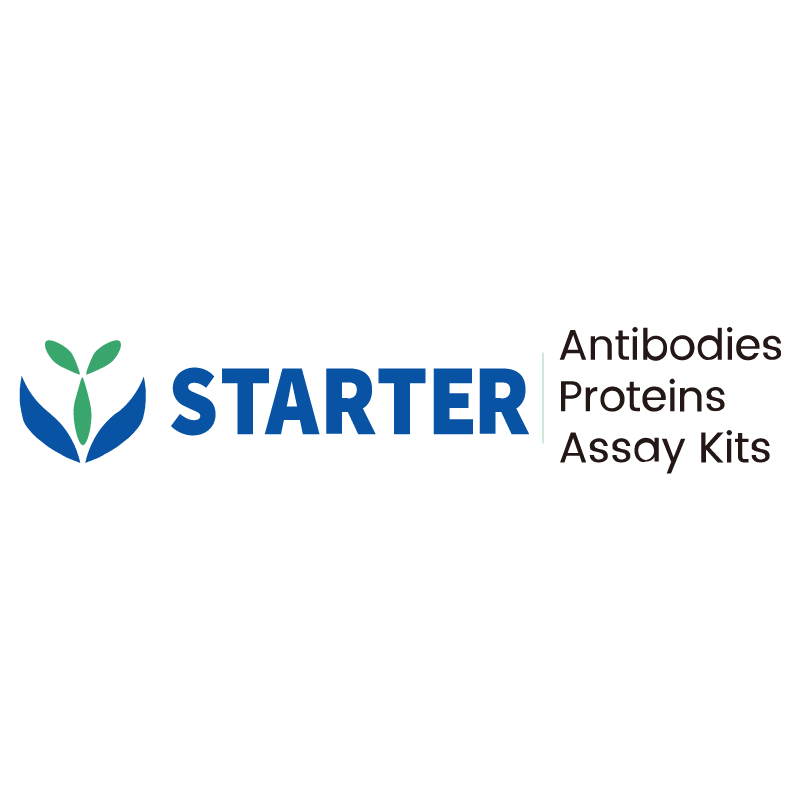Flow cytometric analysis of human peripheral blood mononuclear cells stimulated with 50ng/mL PMA and 500ng/mL Ionomycin for 6h labelling Human CD40L/CD154/TRAP/gp39 antibody at 1/2000 (0.1 μg) dilution / (Right panel) compared with a Rabbit IgG Isotype Control / (Left panel). Goat Anti-Rabbit IgG Alexa Fluor® 488 was used as the secondary antibody. Then cells were stained with CD45RA - Brilliant Violet 421™ antibody separately.
Product Details
Product Details
Product Specification
| Host | Rabbit |
| Antigen | CD154 |
| Synonyms | CD40 ligand; CD40-L; T-cell antigen Gp39; TNF-related activation protein (TRAP); Tumor necrosis factor ligand superfamily member 5; CD40L; TNFSF5; TRAP; CD40LG |
| Immunogen | Recombinant Protein |
| Location | Cell membrane |
| Accession | P29965 |
| Clone Number | S-1336-238 |
| Antibody Type | Recombinant mAb |
| Isotype | IgG |
| Application | FCM |
| Reactivity | Hu |
| Purification | Protein A |
| Concentration | 2 mg/ml |
| Conjugation | Unconjugated |
| Physical Appearance | Liquid |
| Storage Buffer | PBS pH7.4 |
| Stability & Storage | 12 months from date of receipt / reconstitution, 2 to 8 °C as supplied. |
Dilution
| application | dilution | species |
| FCM | 1:2000 | Hu |
Background
CD154, also known as CD40 ligand (CD40L) or gp39, is a type II transmembrane protein belonging to the tumor necrosis factor (TNF) superfamily. It is primarily expressed on activated CD4+ T cells and can also be found on other immune cells such as CD8+ T cells, natural killer cells, platelets, dendritic cells, and endothelial cells. CD154 can form a trimeric structure and is crucial for humoral and cellular immunity. Its interaction with CD40, its classical receptor, is essential for B cell activation, proliferation, isotype switching, and germinal center formation. This interaction also plays a significant role in T cell priming and cell-mediated immune responses. In addition to CD40, CD154 can bind to several integrins, including αIIbβ3, α5β1, and αMβ2, which are involved in various inflammatory and immune processes. Abnormal expression of CD154 has been implicated in several autoimmune diseases, such as systemic lupus erythematosus (SLE), where it contributes to the overproduction of autoantibodies and inflammation.
Picture
Picture
FC


